Customize table style
You can efficiently and effectively format and display your tabular data using table styles. Sigma provides style presets for out-of-the-box aesthetics and readability, and you can customize all style components independently for more personalized table designs.
This document describes table style options and explains how to customize the table style for either an entire workbook or an individual table, pivot table, or input table element.
You can also customize the default table style in an organization-wide workbook theme. See Create and manage workbook themes.
User requirements
The ability to customize table styles requires the following:
- You must be assigned an account type with the Full explore or Create, edit, and publish workbooks permission enabled.
- You must be the workbook owner or be granted Can explore or Can edit workbook permission.
Customize the default table style for a workbook
You can customize the table style for all new and existing table, pivot table, and input table elements in a workbook by updating the default table style for a workbook.
However, custom table styles applied to individual elements (new and existing) always override the default style for a workbook.
-
Open a workbook in Explore or Edit mode.
-
Select
Workbook settings in the side navigation, then open the Table style section.
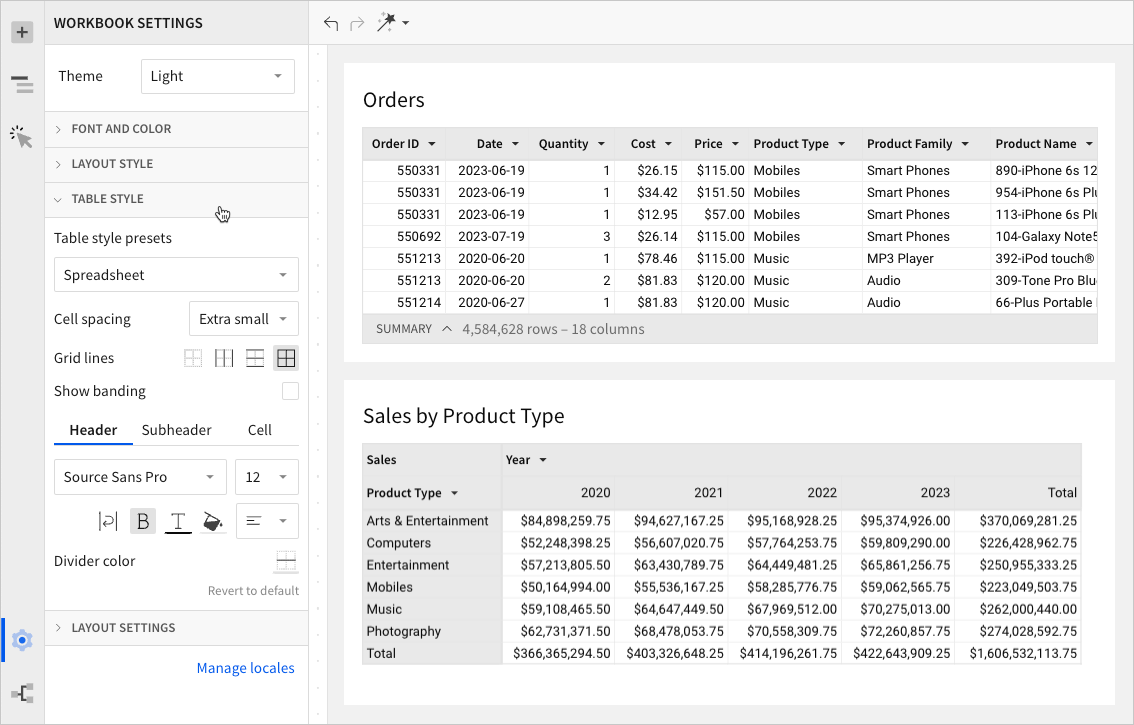
-
Select a table style preset, or customize the table style components as needed.

See Customizable table style options for more.
Customize the table style for an individual element
Apply a custom table style to an individual table, pivot table, or input table element.
- Open a workbook in Explore or Edit mode.
- Select the table, pivot table, or input table element you want to modify.
- Select
Element format in the side navigation, then click the Table style header to expand the section.
- Select a table style preset, or customize the table style components as needed.
See Customizable table style options for more.
Available table style presets
Sigma includes two presets that automatically configure all table style options for a workbook. You can use a preset as a one-click solution or as the starting point for a custom table design.
Spreadsheet
The Spreadsheet preset (default) is designed for ongoing analysis and collaboration. It’s ideal for ensuring readability and including additional context, like tooltips and images.
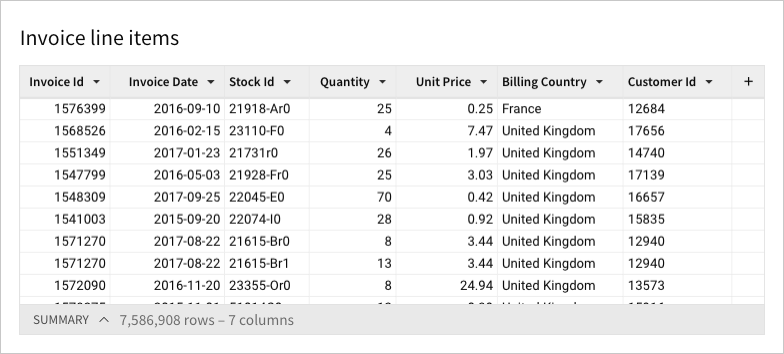
Presentation
The Presentation preset is designed for table viewing. It’s ideal for aligning with company branding and adding visual appeal to your workbook.
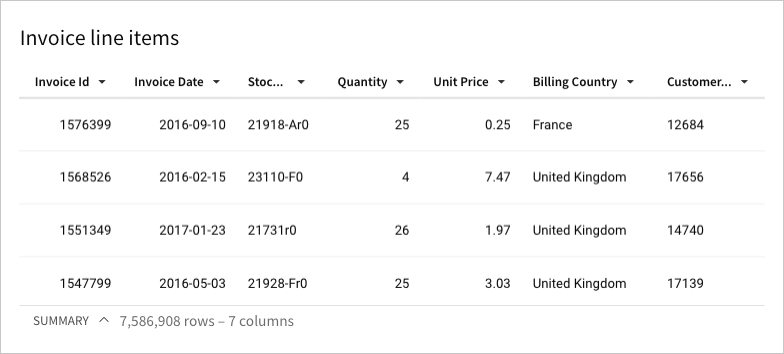
Customizable table style options
You can customize any of the following table style components to meet branding and aesthetic requirements with table, pivot table, and input table elements:
Cell spacing
The Cell spacing setting allows you to adjust the padding around text within table cells. You can select one of four options: Extra small, Small, Medium, and Large.
| Extra small | Small |
|---|---|
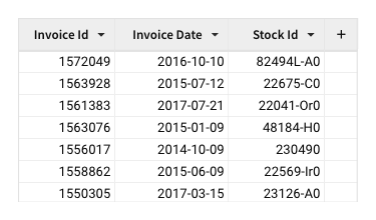 | 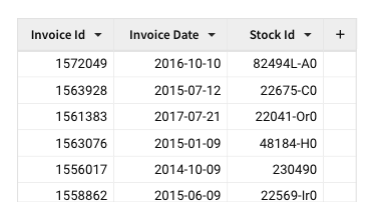 |
| Medium | Large |
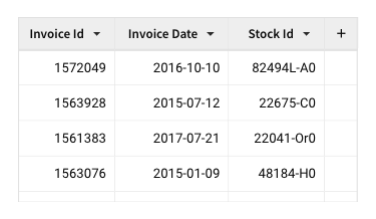 | 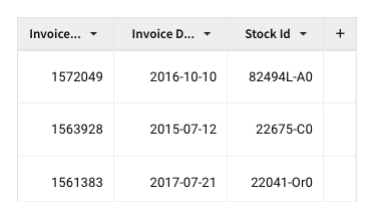 |
Grid lines
The Grid lines setting lets you manage the display of cell borders. You can select one of four options: No grid, Vertical grid, Horizontal grid, and All grid.
| No grid | Vertical grid |
|---|---|
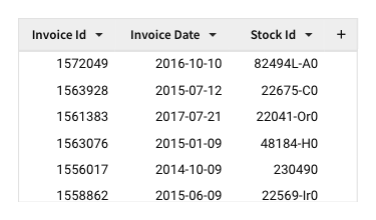 |  |
| Horizontal grid | All grid |
 | 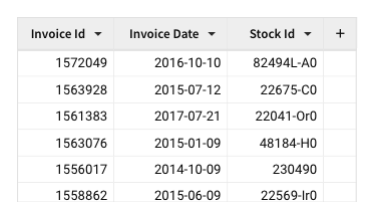 |
Banding
The Show banding setting lets you alternate the background color of the data rows. The background color of the banded rows matches the default header background color.
| Disabled | Enabled |
|---|---|
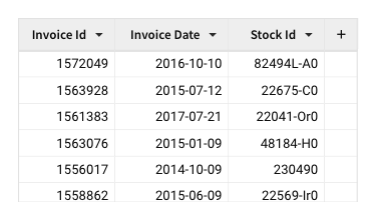 | 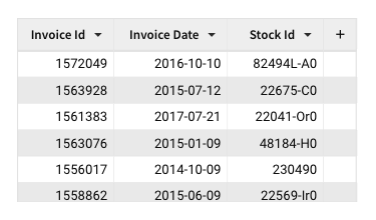 |
Header format
The Header tab contains settings and tools that let you format table headers. You can customize the font type, size, weight, and color, as well as text wrap, text alignment, background color, and divider color settings.
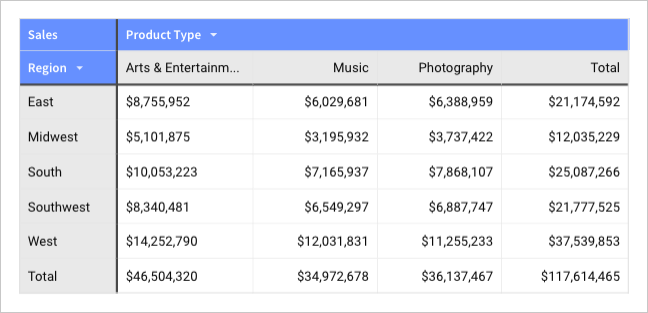
Subheader format (pivot tables only)
The Subheader tab contains settings and tools that let you format subheader rows and columns. You can customize the font type, size, weight, and color, as well as text wrap, text alignment, and background color settings for both row or column headers.
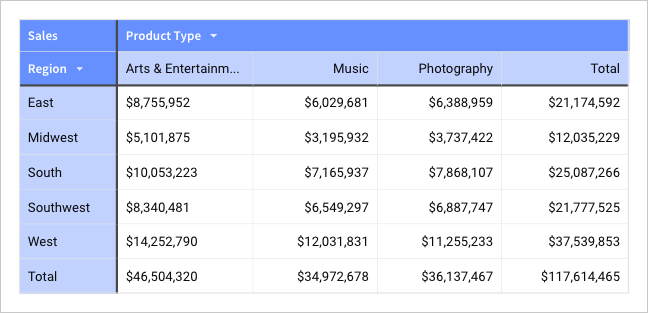
Cell format
The Cell tab contains settings and tools that let you format data cells. You can customize the font type, size, weight, and color, as well as text wrap, text alignment, and background color settings.
For pivot tables, cell styles apply to both value and total cells by default. To apply different styles to pivot table total cells, see Format pivot table totals.
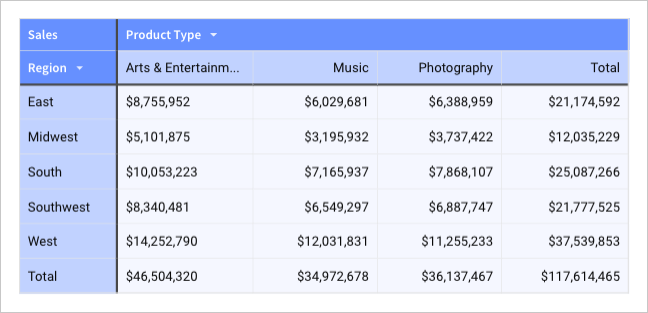
Updated 7 days ago
